Magnetic Particle Testing
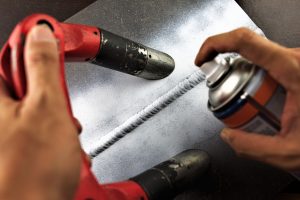
Magnetic Particle testing consists of inducing a magnetic field into a ferromagnetic material (such as rolled, cast or forged steel). The application of magnetic particles and the interpretatiograph is essentially a two n of the patterns formed by the particles as they are attracted by magnetic leakage fields (magnetic poles) created at a break in material continuity, such a surface crack. To ensure visibility, the magnetic particles are coated either with a colored dye easily seen in white light or a fluorescent dye visible under black ultraviolet light.
Eddy Current Testing
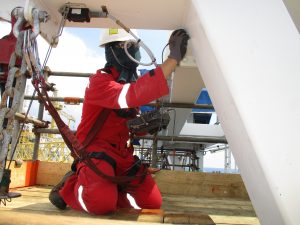
This method uses circulating electrical currents induced in an electrically conductive test object by an alternating magnetic field. The current flow in the test specimen creates its own magnetic field. Interruptions or changes in current flow result in changes in this magnetic field, which are detected, displayed and interpreted.
Liquid Penetrant
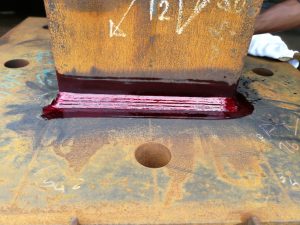
Liquid Penetrant is a nondestructive means of locating surface discontinuities based on capillarity or capillary action. A penetrating liquid is applied to the surface of the test specimen, and is allowed to seep into any surface discontinuities. If the discontinuity is small r narrow, such as cracks or pinholes, capillarity assists the penetration. After sufficient time has passed for the penetrant to enter the discontinuity, the penetrant on the surface is cleaned off of the part. Capillary action is again employed to act as a blotter to draw penetrant from the discontinuity as a blotter to draw penetrant from the discontinuity. To ensure visibility, the liquid penetrant contains either a colored dye easily seen in white light or a fluorescent dye visible under black ultraviolet light.
Ultrasonic Inspection
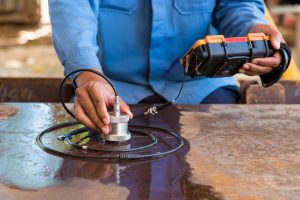
Ultrasonic is a versatile inspection technique used to test a variety of both metallic and nonmetallic products such as welds, forgings, plate, tubing, plastics and ceramics. Ultrasonic tests use high frequency sound wave introduces into the test specimen and, an evaluation of any returning echoes or los of sound energy is used to determine material soundness. Ultrasonic tests are capable of economically revealing subsurface discontinuities in a variety of materials.
Radiography Inspection
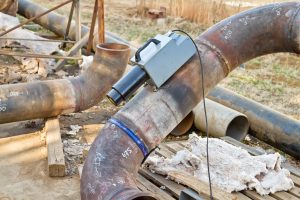
Because of the penetration and absorption capabilities of X and gamma radiation, radiography is used to test a variety of products such as welds and castings for subsurface discontinuities. Radiographic testing usually requires the exposure of X-ray film to X or gamma rays that have penetrated a specimen, processing the exposed film, and interpreting the resultant radiograph. A radiograph is essentially a two-dimensional shadow image of a three-dimensional test specimen.
Visual Inspection
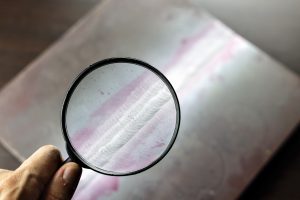
This is usually used to determine if there are any surface discontinuities, is the surface condition of the part adequate, are mating surfaces correctly aligned, is the part shape correct, or is there evidence of leaks.
